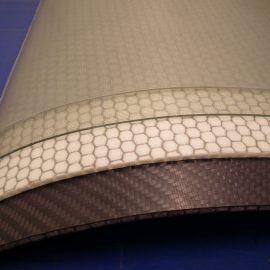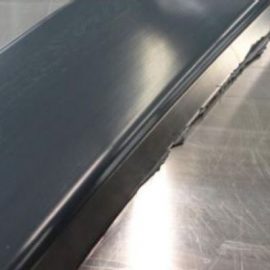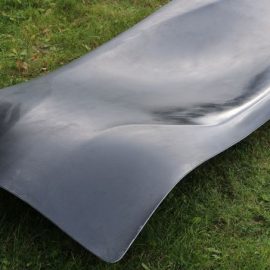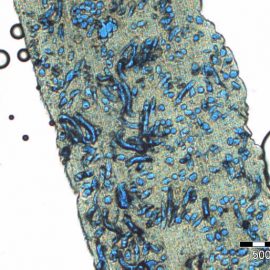
Fibre reinforced plastics
Composites are still a future development topic, because the approach to lightweight construction is a beneficial approach in areas like transport, automotive, aerospace or mechanical engineering and it is definitely not used to its full potential yet. We work on different projects in regard to processing of composites and alternative applications, but also on materials topics like laminated composites with thermoplastic matrix.ST-C-LOI
Propulsion systems in launch vehicles, satellites and space probes use composite overwrapped pressure vessels (COPVs) to store pressurised gas, whereby liners are wrapped with carbon fibres to withstand the high loads. Conventional pressure vessels suitable for space travel are usually equipped with titanium liners. The disadvantages are high manufacturing costs and the high melting point of the metal. This prevents the complete combustion in the event of re-entry into the atmosphere. Previously available seamless liners made of aluminium have undesirable wall thickness variations and an increased overall mass of the system. The project therefore aims to develop lighter and cheaper COPVs made of ultra-thin aluminium liners with better atmospheric re-entry properties.

AIP
The aim of the project „Automated infusion process for high quality fibre reinforced composites” was to develop a novel processing route for composite parts producers. The five project partners (4 small enterprises and one research institute) cover the whole process chain of the infusion process, and this cooperation enables the development of a novel, highly efficient system for resin infusion, which can be marketed further.SelTec
Fibre reinforced composites play a central role in nowadays aerospace due to the reduction of weight and cost. Producing such parts with high quality surfaces, e.g. for interior parts, still requires a high effort in manual work. The aim of the project was to develop novel concepts for automation and processing technologies, which enable efficient production processes with low manual workshare and high surface quality.

Thermoplastic fibres for novel composites
Fibre reinforced composites saw a huge increase over the last years and also have found various applications in the automotive industry. Typical fibre reinforced composites use glass or carbon fibres. A novel field is the use of modified thermoplastic fibres as the reinforcement, which was investigated in the scope of a bridge-project (FFG). We aimed to develop fibres via modifying these in a way, that these are processible as dosable short cut fibres, because this is a critical point for future application, and that these can give a reasonable property profile.




